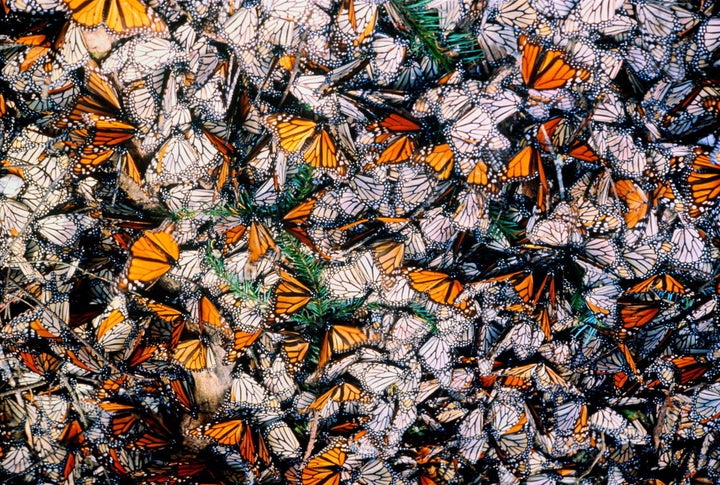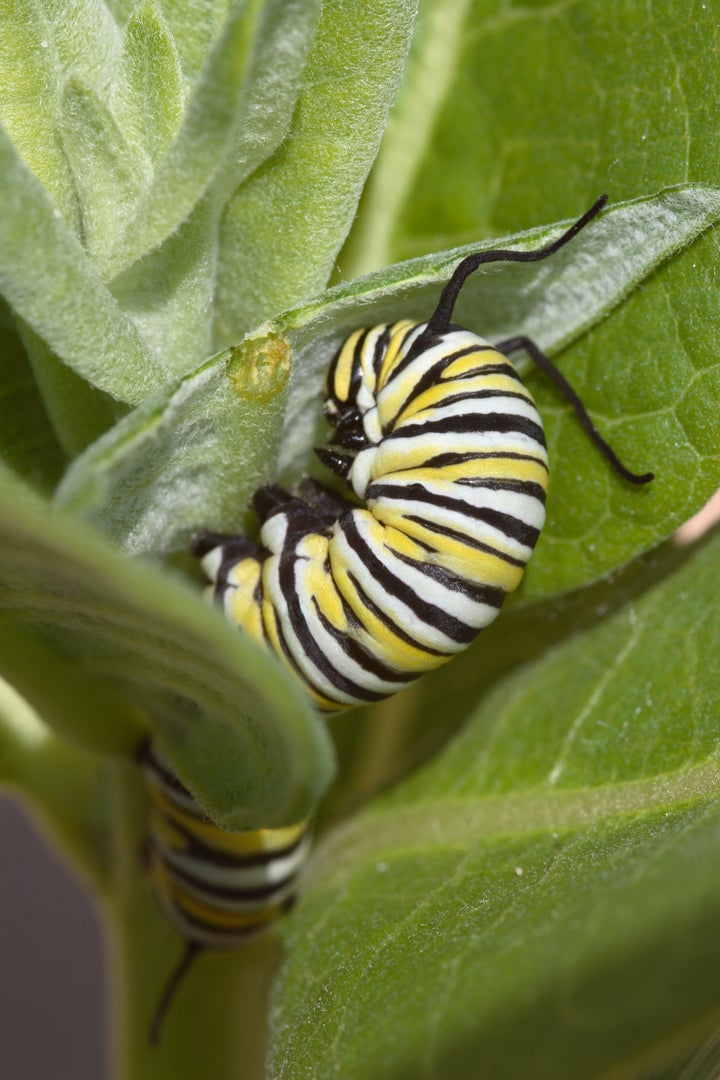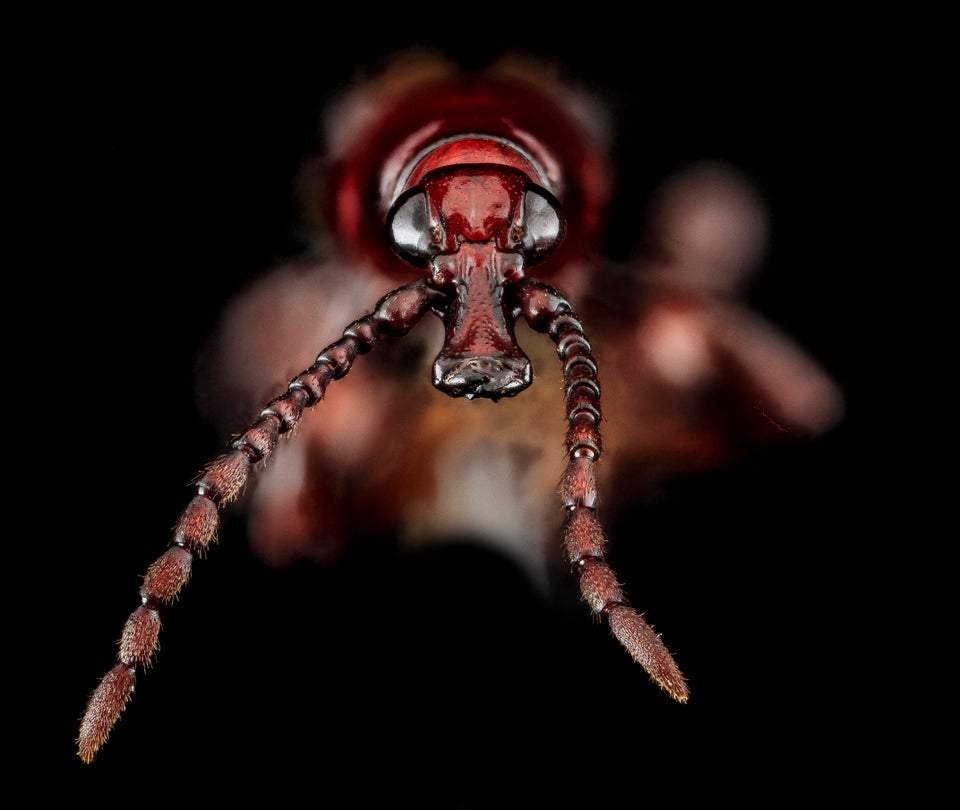
North America’s eastern monarch butterflies may still be at risk of extinction, despite recent increases in their population.
The population of eastern monarchs has declined 84 percent from the winter of 1996-1997 to the winter of 2014-2015, according to a Scripps Institution of Oceanography study. (Western monarch butterflies, which live west of the Rocky Mountains and migrate to California, were not included in the study. However, other studies indicate they are experiencing population declines of their own.)
This long-term decline means there is a “substantial chance” that monarchs become “quasi-extinct” within the next 20 years, researchers wrote in the study, published Monday in in the journal Scientific Reports. This means that a species is not yet extinct, but has so few individuals that it’s impossible for the population to recover.
Because it’s somewhat impractical to count individual monarchs, scientists count the population by measuring the geographic area that the insects take up while spending the winter in Mexico.

The recorded eastern monarch population hit an all-time low in the winter of 2013-2014, covering only 1.7 acres of land while wintering in Mexico. Conservation efforts have led to massive population booms -- this winter the butterflies covered 10 acres -- but the improvements aren’t enough to offset long term declines. In the winter of 1996, monarchs covered nearly 45 acres.
Scientists attribute their dramatic population decline since then to multiple factors, including loss of breeding habitat, change and deforestation, according to the World Wildlife Fund.
For monarchs, loss of breeding habitat -- which the researchers believe is the primary factor in their decline -- means a loss of milkweed. The butterflies lay eggs on milkweed, and it’s the sole food source for monarch caterpillars.
Ecologist John Pleasants told Vox that he estimates the United States has lost more than 1 billion milkweed plants since the 1990s, and continues to lose around 2 million a year due to factors like the widespread use of herbicides and farmers converting grassland to cropland. That means that while recent conservation efforts like planting milkweed in gardens and strips of highways have been helpful, they aren’t nearly enough to recover the massive amounts that have disappeared from the U.S.' agricultural land.

Vox details several possible solutions to the issue, including a proposed Environmental Defense Fund initiative nicknamed the “airnbnb for butterflies.” This program would allow investors to pay farms and other landowners to set aside substantial protected spaces filled with milkweed.
This type of effort seems to be in line with what the Scripps scientists recommend.
“Previously published research suggested that the most effective way to increase monarch numbers is to focus on the restoration of their breeding habitat,” said co-author Darius Semmens in a statement. “Over the previous two winters, eastern monarch populations were very low, indicating a higher risk of losing the species. If their numbers continue to grow, as they did this year, the risk will decrease.”

